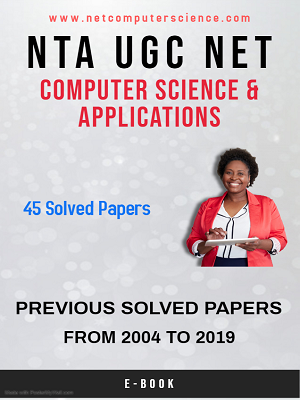TEST DATE: 20-12-2018
1.
Which among the following best describes
emotional intelligence as a learner characteristic?
(a) Recognise
their own and other people’s emotions.
(b) Expressing
their emotions strongly
(c) Use
emotional information to guide thinking and behaviour
(d) Good
observation, scientific thinking and deductive reasoning
(e) Adjusting
emotions to adapt to environments
(f) Being
creative and open to diverse viewpoints
Code:
(1) (a), (d)
and (f)
(2) (c), (e)
and (f)
(3) (a), (c)
and (e)
(4) (b), (d)
and (e)
Answer: 3
2. Which
among the following can best be used as an asynchronous teaching aid?
(a) Skype (b) Blog
(c) Facebook
post (d) Online chat
(e) Email (f) Google Hangout
Code:
(1) (a), (c)
and (f)
(2) (c), (e)
and (f)
(3) (a), (b)
and (c)
(4) (b), (c)
and (e)
Answer: 4
3. The
goal of formative assessment is to:
(1) Promote
student to next level.
(2) Monitor
student learning to provide ongoing feedback
(3) Compare
student learning against a standard or benchmark
(4) Form a
group of students on the basis of their learning
Answer: 2
4. In
a school, in which there are large number of failures, you may like to develop
test for eliminating those who are likely to have substantial difficulties in
meeting the academic goals of teaching. For this you need to develop test which
should be able to predict the individual’s ability or readiness to undertake
the study of a school subject successfully. What is the name of such tests?
(1)
Prognostic tests
(2)
Achievement tests
(3) Attitude
tests
(4) Analytical
tests
Answer: 1
5. In
teaching learning context, results of an evaluation are useful to teachers in
various ways. Which among the following is most important use for a teacher?
(1) planning
instruction and knowing the effectiveness of the teaching strategies used by
them.
(2) getting
information about student’s study interests
(3) to
decide placement of students in other institutions
(4) to
identify home influence on students.
Answer: 1
6. The
characteristics of scientific method of research are:
(a) Empiricism
(b) Objectivity
(c) Systematic
(d) Secretive
(e) Security
related (f) Predictive
(1) (a), (b),
(d) and (e)
(2) (c), (d),
(e) and (f)
(3) (d), (e),
(f) and (a)
(4) (a), (b),
(c) and (f)
Answer: 4
7. In
a research setting, participants may act differently because they think they
are getting special attention. This reaction of treatment group to the special
attention rather than the treatment itself is called as:
(1)
Hawthrone effect
(2)
Attention defict
(3) Jung
effect
(4) Marlov
effect
Answer: 1
8. When
a reviewer reviews a research article without knowing the author’s name, it is
referred to as:
(1)
Anonymous review
(2)
Behind-the curtain review
(3) Blind
review
(4)
Uncategorised review
Answer: 3
9. The
kind of numbers which do not represent amounts but instead represent kind
(different qualities, types or categories) are called as:
(1) Nominal
(2) Ordinal
(3) Prime
(4) Absolute
Answer: 1
10. Poster
sessions in research conferences provide better opportunities for:
(1) Formal
speeches
(2) Display
of common interest
(3) Focus
group discussions
(4)
Inter-personal interactions
Answer: 4
Pages 1 2 3 4 5









0 Comments